Coffee harvest is in full swing across Kaua‘i, and operations on the island’s two most-visible orchards look worlds apart.
One, Kaua‘i Coffee in Kalaheo, is the largest coffee farm in the United States, a 3,100-acre amalgamation of high technology and agricultural tradition. The other, Outpost Coffee in Kilauea, is a one-acre plot hewn from dense North Shore jungle, tended by one man’s hands. But the farms hold a common goal: to grow the best cup of joe they can.
“We’re a small little outfit, for sure. Sometimes I feel like people think that we’re a lot bigger than we are,” entrepreneur Ben Fitt said in mid-October, standing among the Outpost orchard’s 400 trees.
Fitt had just crawled through traffic from the South Shore, where he’d been making deliveries to wholesale buyers. He appeared unfazed by the day’s remaining tasks: the removal of a fallen tree and several hours of cherry-picking.
Only the mosquitoes, gave the transplanted Englishman pause.
“Sometimes they get a little rowdy,” he said, offering bug spray to Mac McDonald, his sole employee.
McDonald’s job title is barista — she “slams drinks” at Outpost’s pop-up shop in Hanalei on weekends – but on that day, she visited the forest-like orchard for the first time, a week or so after Fitt had begun Outpost Coffee’s second-ever harvest.
Fitt expects to hand-pick Catuai and Typica cherries into January, only plucking fruit when it’s perfectly ripe. His tools are minimal: a one-gallon bucket strapped to the waist with a bungee cord, and a favorite stick and rope used to tug lofty branches to within hand’s reach.
He held up a tree limb laden with ruby-colored Typica for inspection.
“That’s what we’re looking for. The human eye and animals are really good at picking ripe fruit from unripe fruit,” he said. “We’ve been doing it for millions of years because it tastes better.”
A former environmental science teacher, Fitt wants to combine his passions in a brand that educates consumers on the ramifications of their morning brew.
“It’s like, ‘Oh, you want to come to Outpost and have something really delicious whilst supporting sustainable local agriculture? Great,’” Fitt explained. “Whether you care about that or you just want something delicious, you’re still making a bigger impact than just going to get Folgers off the shelf at the grocery store.”
Outpost Coffee’s brick-and-mortar location is scheduled to open in Hanalei Market (formerly Harvest Market) sometime in the future. Chronic permitting backlogs at the water department have made it impossible to know just when, according to Fitt.
Fitt will have picked approximately 700 pounds of cherries when the harvest ends in January. That equals 100 pounds of roasted beans that will sell out within a month.
“I love making things … Rather than buying something off the shelf, I’d rather make it, and that mentality has definitely gone through with the coffee thing,” Fitt said. “I’d rather grow it, I’d rather roast it and then have it … there’s some reward from making something yourself than just purchasing it, you know?”
Man and machine
Twenty-three miles south and 11 days later, eight converted blueberry-harvesters combed rows of Typica at .5 miles per hour, gently shaking ripe fruit free. The loose cherries fell onto conveyor belts, which deposited them into storage bins capable of holding 2,500 pounds of fruit.
The process eliminates farmers’ ability to evaluate each cherry individually, as Fitt does. So Kaua‘i Coffee personnel rely on numbers, only harvesting rows with the greatest amount of ripe fruit.
“We were seeing over the last few weeks, some of our ripeness percentages above 80, which is fantastic,” general manager Fred Cowell said, navigating a pickup truck between fields.
The third-generation coffee grower was looking for cattle egrets. The white birds reveal active harvesters’ locations by flocking to eat insects uncovered in the 20-year-old machines’ wake.
“Depending on the time of year, one hand-picking individual is going to average about 200 pounds per (10 to 12-hour) day,” Cowell explained. “However, these machines and a good field will get between 2,000 and 3,000 pounds per hour.”
Dump trucks transport harvesters’ loads to the on-site factory for processing. The weeks-long procedure is identical to Outpost’s in the essentials: the fruit is removed to expose the coffee bean, which is then dried, husked, roasted and tested for quality assurance.
Kaua‘i Coffee eased into the 2021 harvest in early September. It will conclude sometime this month.
The company, a subsidiary of coffee giant Massimo Zanetti, is an outlier in the Hawaiian coffee industry. Its great size renders it incomparable to many other, much smaller orchards in the state, like Fitt’s. Outpost Coffee doesn’t need the network of trucks, drones, sensors and GPS used every day in Kalaheo.
Cowell firmly believes digital technology will continue to modernize farming. Robotics may even come into play. But, he also sees the Kaua‘i Coffee Estate as a portal into the past. Vine-control teams still chop weeds with sickles – “True hand-to-hand combat,” according to Cowell – and pidgin still crackles on workers’ hand-held radios.
“This is truly the legacy of the plantation that we’re continuing to work,” Cowell said.
The past, however, was not perfect. Through self-direction and Fair Trade and Rainforest Alliance certification requirements, Kaua‘i Coffee is now more sustainable than its agricultural predecessors.
Fitt and Cowell have said, separately, the success of local coffee depends on their ability to show consumers how their brands benefit the world around them. For Kaua‘i Coffee, that message includes an emphasis on workers’ protections and community initiatives through Fair Trade mandates. For Fitt, it includes environmental education and using Outpost Coffee as a platform for other small farmers, whose coffee he sells.
“When I look at this, I’m seeing the generations and sugar before us, and the work that was done by the farm managers and the other folks that started this way back when,” Cowell said, having finished his tour of the estate. “It’s really up to us to honor their legacy and take it forward and not just run it into the ground.”
•••
Scott Yunker, reporter, can be reached at 245-0437 or syunker@thegardenisland.com.
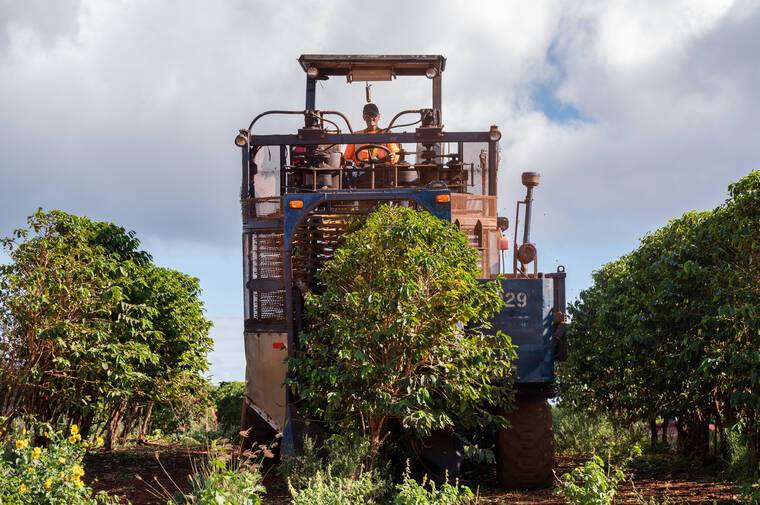
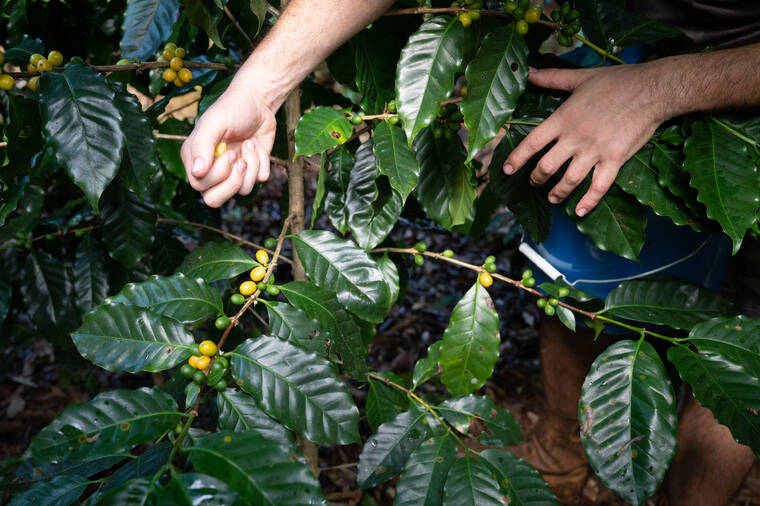
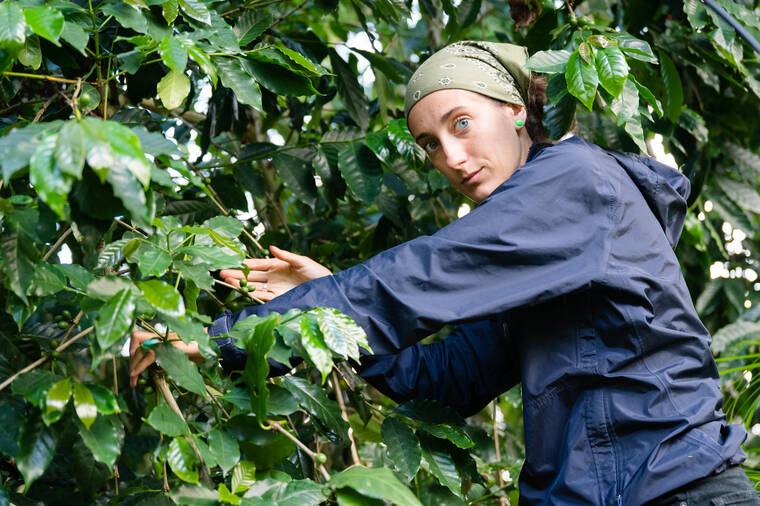
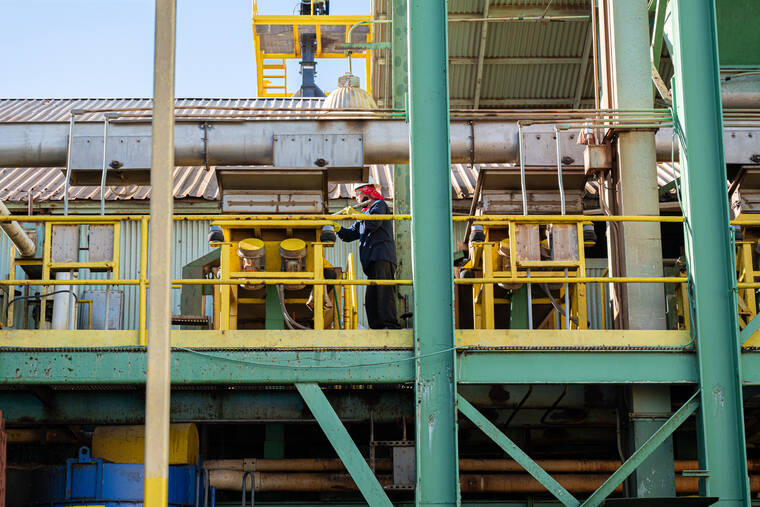

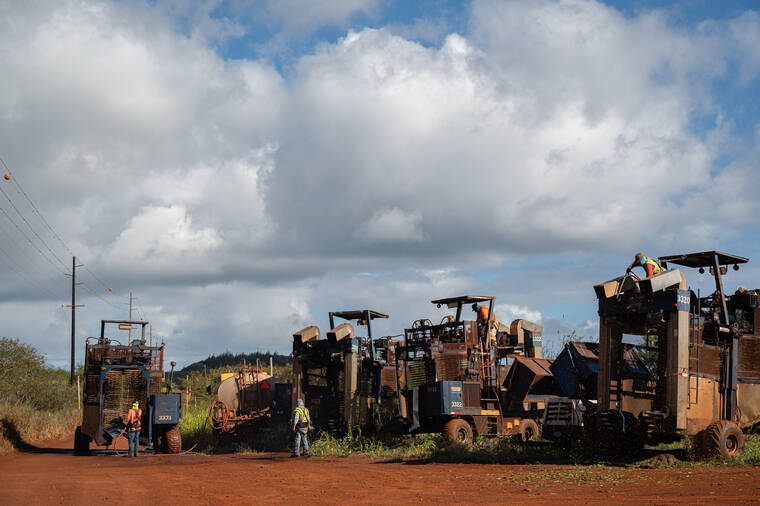
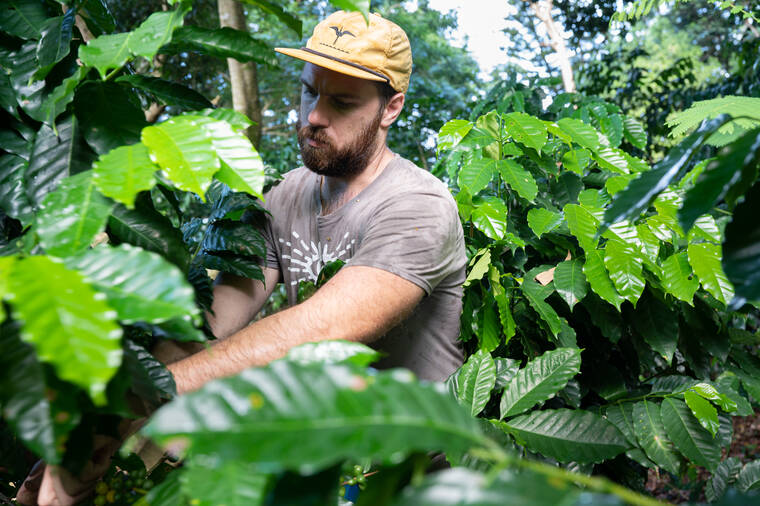
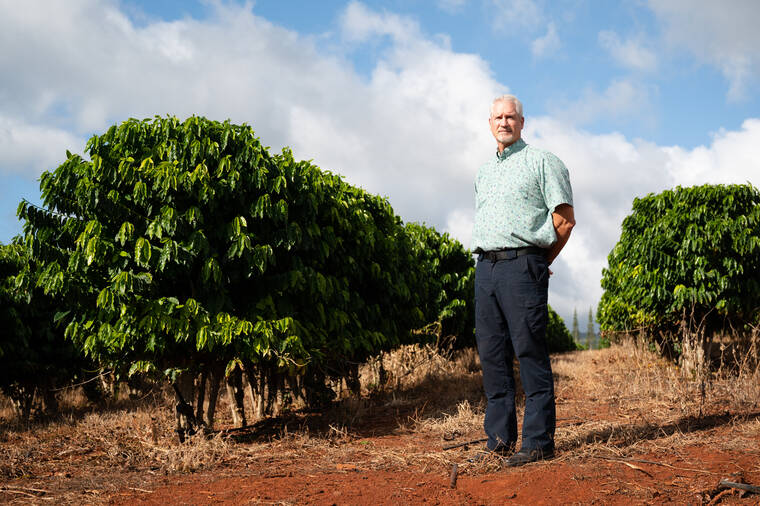








I drank coffee the other day at Starbucks, do you sell your coffee to Starbucks? Or do they buy it from else where. Really good coffee.